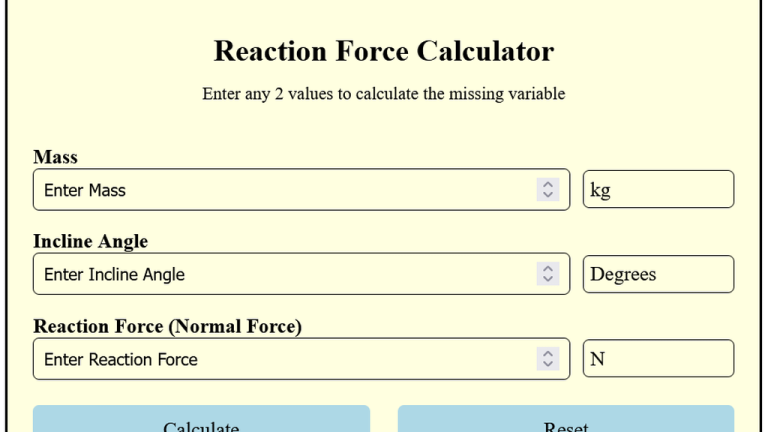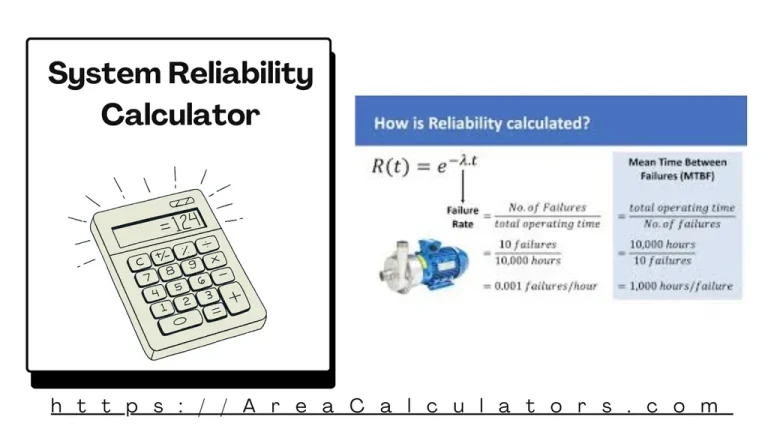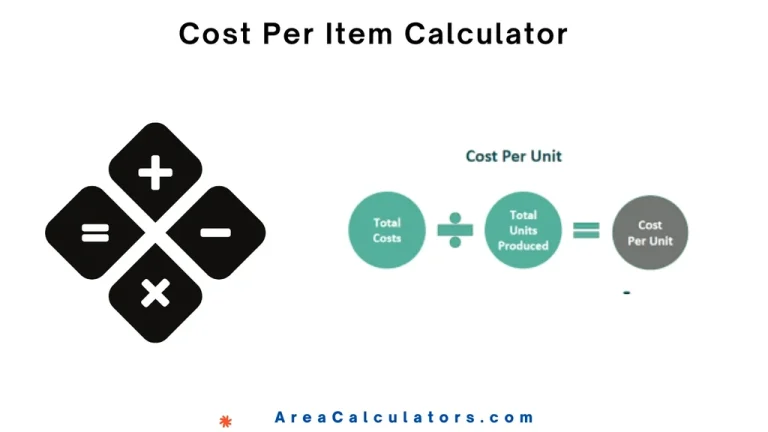Chord Inversion Calculator
To find the chord inversion, multiply the radius (r) by 2 and then multiply it by the sine of half the central angle (θ/2). This calculation gives you the length of the chord based on the circle’s geometry.
To find the chord inversion, multiply the radius (r) by 2 and then multiply it by the sine of half the central angle (θ/2). This calculation gives you the length of the chord based on the circle’s geometry.
The chord inversion calculator is here to help you measure the length of a chord in a circle based on a given radius and central angle.
This is useful in various fields, including geometry, music theory (where chord inversions are identified in musical compositions), and even in practical applications like engineering or design. In musical contexts, inversions alter the arrangement of notes in a chord, changing how it sounds.
| Variable | Description |
|---|---|
| r | Radius of the circle |
| θ | Central angle in degrees |
Example 1:
| Step | Calculation |
|---|---|
| Determine radius (r) | r = 10 units |
| Determine central angle (θ) | θ = 60 degrees |
| Calculate θ/2 | 60 / 2 = 30 degrees |
| Find sine of θ/2 | sin(30) = 0.5 |
| Multiply 2r by sin(θ/2) | 2 × 10 × 0.5 = 10 |
| Result | 10 units |
Answer: The chord inversion is 10 units.
Example 2:
| Step | Calculation |
|---|---|
| Determine radius (r) | r = 8 units |
| Determine central angle (θ) | θ = 45 degrees |
| Calculate θ/2 | 45 / 2 = 22.5 degrees |
| Find sine of θ/2 | sin(22.5) ≈ 0.3827 |
| Multiply 2r by sin(θ/2) | 2 × 8 × 0.3827 ≈ 6.12 |
| Result | 6.12 units |
Answer: The chord inversion is approximately 6.12 units.
A Chord Inversion Calculator is a very beneficial tool for musicians. It aids them to identify and understand chord inversions in various musical contexts, such as piano or guitar.
When using this calculator, you can input the root, third, fifth, and additional notes to find out which inversion the chord belongs to, whether it’s a 1st inversion, 2nd inversion, or even a 7th chord inversion. This makes it easy to differentiate between standard and inverted forms of a chord, enhancing musical understanding and composition skills.
Inversions involve rearranging the chord notes to shift the bass note, giving different harmonic qualities. For instance, a 6/4 chord inversion has the fifth as the bass, while a 4/2 inversion typically applies to seventh chords. Understanding these helps musicians create smooth progressions and harmonies.
In summary, using a chord inversion calculator helps simplify the process of recognizing and using inversions effectively, making it a valuable tool for both learners and experienced musicians.

To determine the markdown price, subtract the markdown percentage from the original price or use a markdown calculator to find quick results. The Markdown Calculator assists you in instantly calculating the new price after applying a markdown percentage. Whether for retail pricing, promotions, or understanding sale discounts, this tool simplifies the process by instantly showing…

To calculate the reaction force, multiply the object’s mass (m) by gravitational acceleration (g) and the cosine of the angle of inclination (cos(x)). The Reaction Force Calculator can support you to calculate the reaction force that is acting on a beam or an object in physics and engineering problems. It is especially useful for analyzing…

System reliability is calculated by multiplying the reliability of each component in a series system. Each component’s reliability is derived by subtracting its failure rate from 1. The System Reliability Calculator is a tool designed to help determine the overall reliability of a system comprising multiple components. It is essential in industries like manufacturing, IT,…

To find the cost per item, divide the total cost (TC) by the number of items (N). The Cost Per Item Calculator seeks to calculate the price of a single item when given the total cost of a batch and the quantity of items. This calculation is useful for budgeting, inventory management, and price comparisons,…
To find buoyancy correction, subtract the product of the fluid’s density and the displaced volume from the object’s mass. This determines the corrected mass, accounting for buoyant forces. The Buoyancy Correction Calculator make it easy for you to find out the corrected weight or mass of an object submerged in a fluid. This correction accounts…
To determine the date 65 days from today, add 65 calendar days to today’s date using a date calculator or calendar tool. 65 Days From Today Calculator Today’s Date Date 65 Days From Today Calculate Reset The 65 Days From Today Calculator allows you to quickly find the exact date 65 days from now or…